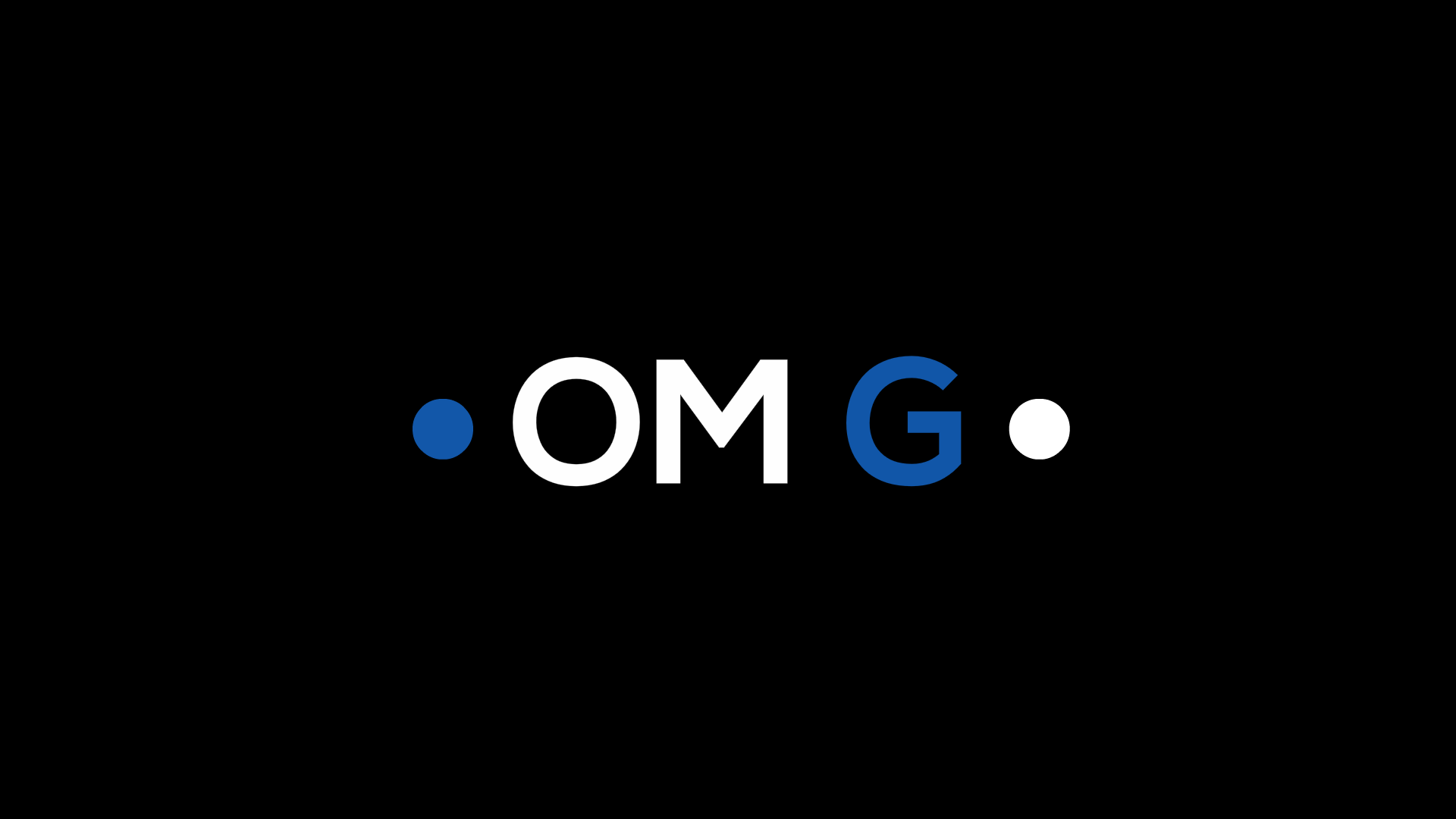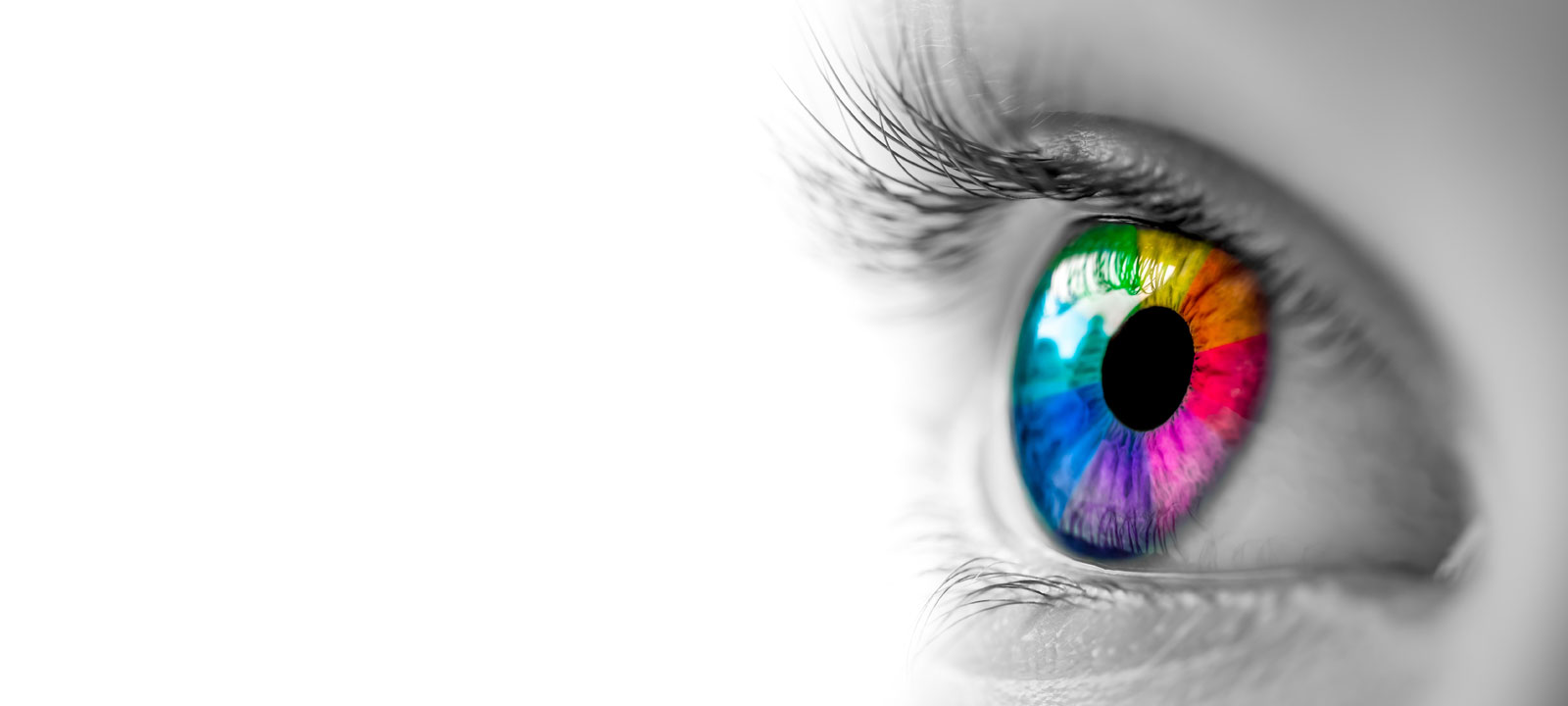Understanding The Psychology Behind Effective Web Design
Understanding the psychology behind effective web design is crucial for creating websites that not only attract but also convert visitors. The core of this understanding lies in recognizing how users interact with online content, what draws their attention, and what motivates them to take action. For instance, color psychology plays a significant role in web design; different colors can evoke different emotions and reactions from users.
Blue might instill a sense of trust and security, while orange is often used to create a sense of urgency or call to action.
Moreover, the layout and structure of a website are fundamental in guiding user behavior. A well-organized site that follows an intuitive hierarchy makes information easily accessible, keeping users engaged and reducing bounce rates. The use of whitespace can also dramatically improve readability and focus attention on key elements such as calls-to-action.
Ultimately, effective web design leverages these psychological principles to create an environment that feels intuitive, engaging, and conducive to conversion. By understanding and applying these psychological triggers, designers can craft experiences that resonate with visitors on a deeper level, encouraging them to take desired actions without feeling pressured or overwhelmed.
Key Elements Of High-Converting Web Designs
In the quest for creating web designs that not only captivate but also convert, it’s crucial to delve into the key elements that underpin such high-converting digital realms. At the heart of these designs lies simplicity and clarity, ensuring that visitors are not overwhelmed but rather gently guided through a seamless journey from landing to conversion. This is achieved through intuitive navigation and a well-thought-out layout, which prioritize user experience and effortlessly lead users towards the desired action, be it a purchase, sign-up, or inquiry.
Moreover, compelling and concise content harmoniously blends with visually appealing elements to grab attention and communicate value propositions swiftly and effectively. Trust signals such as testimonials, certifications, and secure checkout badges are subtly integrated to foster confidence among users. Lastly, responsive design ensures a uniform experience across all devices, acknowledging the diverse ways in which content is consumed today. By weaving these elements together, web designs transcend mere aesthetics to become powerful conversion tools.
Implementing And Testing Your Design For Maximum Conversion Rates
Implementing and testing your web design are crucial steps to ensure it effectively converts visitors into customers. Once you have crafted a design based on principles that are known to enhance conversion rates, such as clear calls-to-action, intuitive navigation, and compelling content, the real work begins. Implementation should be meticulous, ensuring that every element functions as intended across different browsers and devices.
This phase sets the groundwork for rigorous testing.
Testing your design is not a one-time task but an ongoing process that adapts to user behavior and technological advancements. A/B testing is particularly valuable here, allowing you to compare different versions of a webpage to see which performs better in terms of conversion. Heatmaps can also provide insights into how users interact with your site, highlighting areas that attract attention and those that are overlooked.
By continuously analyzing these data points and iterating on your design, you can fine-tune your website to maximize conversion rates, ensuring it remains effective over time.
Leave a Reply
You must be logged in to post a comment.


